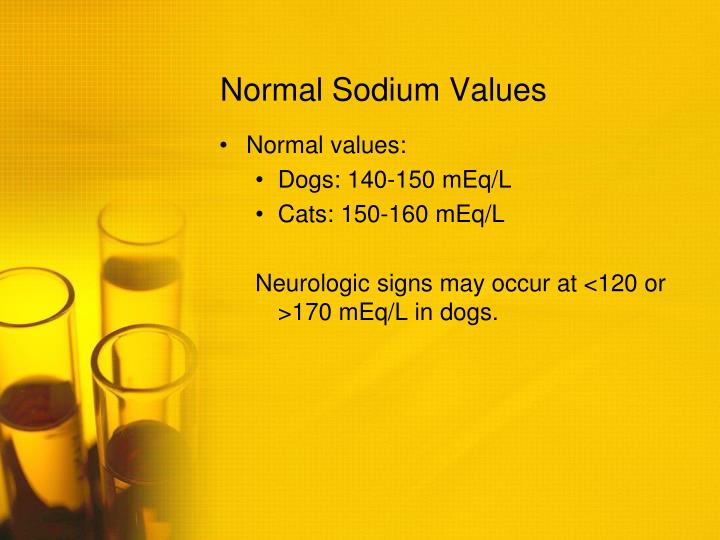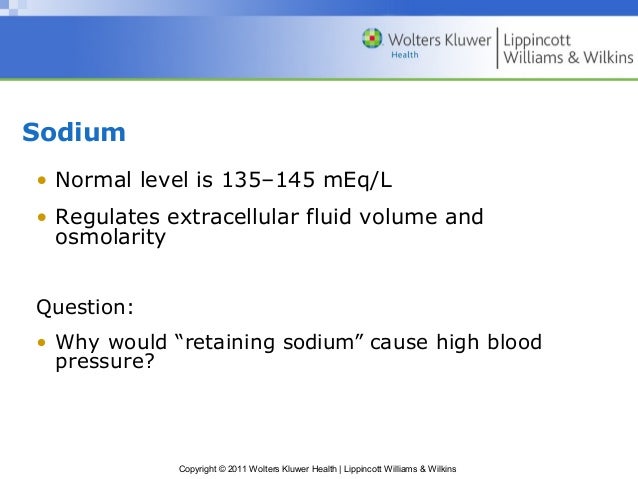

Urea is a waste product formed in the liver when protein is metabolized. Tests specific to the kidney include BUN (blood urea nitrogen) and creatinine. Bicarbonate (total CO2) is released and reabsorbed by the kidneys and helps maintain a stable pH level.Chloride moves in and out of the cells to help maintain acid-base balance.Small changes in the potassium level can affect the heart’s rhythm and ability to contract. Potassium is mainly found inside the body’s cells, with a small portion in the plasma.Sodium is mainly found in extracellular fluid, where it helps regulate the amount of water in the body.The CMP is an expanded version of the basic metabolic panel (BMP), which does not include liver tests. The comprehensive metabolic panel (CMP) is a panel of 14 blood tests that provide a screening of kidney and liver function, diabetic and parathyroid status, and electrolyte and fluid balance. Triglycerides measures all the triglycerides in all the lipoprotein particles and should be less than 150 mg/dL. It should be 60 mg/dL and higher to be considered protective against heart disease. The high-density lipoprotein (HDL) cholesterol measures the cholesterol in HDL particles and is called “good” because it helps remove cholesterol from the arteries. The low-density lipoprotein (LDL) cholesterol measures the cholesterol in LDL particles and is called the “bad cholesterol” because it is the main source of cholesterol buildup and blockage in the arteries, contributing to atherosclerosis. The total cholesterol measures all of the cholesterol in all the lipoprotein particles and the desirable range is less than 200 mg/dL. An A1C level of 6.5% or greater is consistent with diabetes.Ī lipid profile is used to help predict a patient’s risk of developing heart disease. 5.7%-6.4% indicates an increased risk for diabetes.

A nondiabetic person should have a result less than 5.7%. It is used to screen for and diagnose diabetes and prediabetes in adults. In males, it ranges from 41%-50% and females range from 36%-44%.Īnother common hematology test is the glycosylated hemoglobin (HgbA1C), which measures the average level of blood glucose over the previous 3 months.

Hematocrit is the ratio of the volume of RBCs to the total volume of blood. The normal range for hemoglobin is 13-17 g/dL for males and 12-15 g/dL for females. Platelets range from 140-400 thousand/μL. WBCs should range between 4-10.5 thousand/μL. The normal range of RBCs for males is 4.5-5.5 million/μL, the range for females is 4.0-4.9. It includes red blood cells (RBC), white blood cells (WBC), platelets, hemoglobin (Hgb), and hematocrit (Hct). Be aware that the normal values, or reference ranges, I’ve listed are just a guide, as the ranges vary from one lab to another.Ī complete blood count (CBC) gives an overview of a patient’s general health status by providing information about the cells in a patient’s blood. We’re going to look at some common lab values that every nurse needs to be familiar with. Diagnostic lab tests help determine a patient’s condition, therefore it is important for nurses to be knowledgeable about the different tests and their values in order to make informed clinical decisions. Welcome to this video tutorial on lab values.


 0 kommentar(er)
0 kommentar(er)
